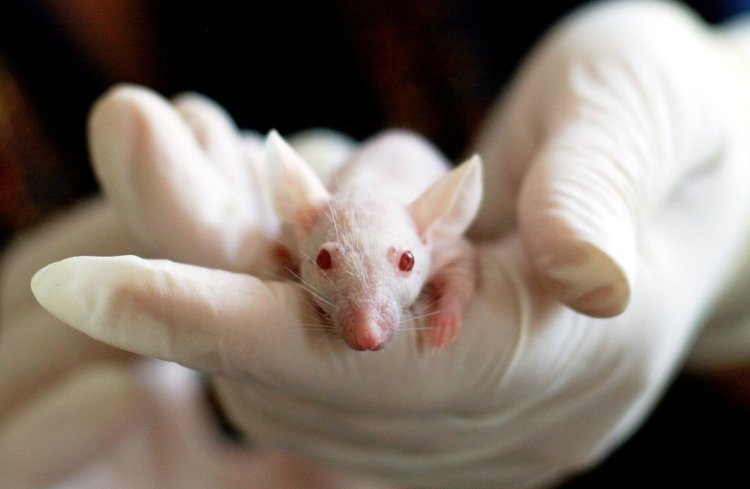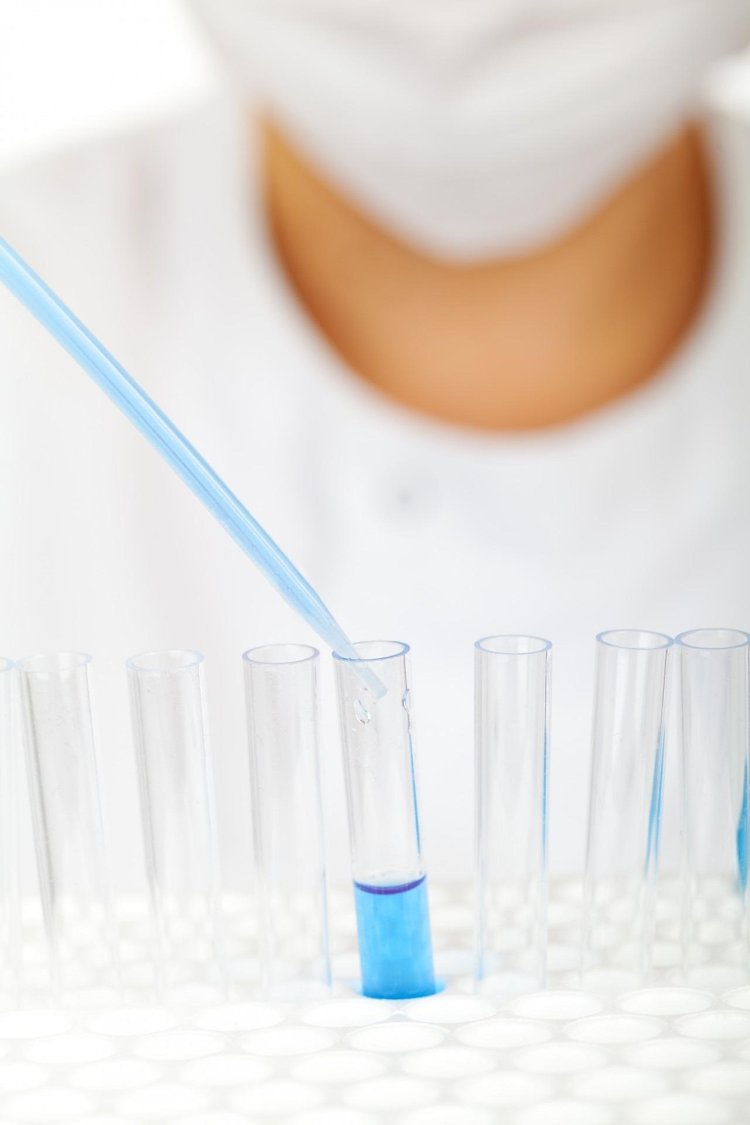Understanding Biotechnology. Could Biotechnology in Agriculture Be the Key to Feeding the Future?
Explore how biotechnology in agriculture, from GMOs to CRISPR, is revolutionizing food production, enhancing sustainability, and addressing global hunger challenges.

Introduction
As the global population surges toward an estimated 9.7 billion by 2050, the pressure on agriculture to produce more food sustainably has never been greater. Climate change, shrinking arable land, and evolving pests and diseases further complicate this challenge. Traditional farming methods, while foundational, often fall short in addressing these modern hurdles. Enter biotechnology in agriculture—a revolutionary approach that leverages science to enhance crop productivity, improve resilience, and ensure food security. This blog explores the transformative potential of agricultural biotechnology, its applications, benefits, challenges, and future prospects, offering a comprehensive look at how it could shape the future of food production.
What Is Biotechnology in Agriculture?
Biotechnology in agriculture involves using scientific techniques to modify and improve plants, animals, and microorganisms for agricultural purposes. Unlike traditional breeding, which relies on selective crossbreeding over generations, biotechnology allows for precise genetic modifications. This can include inserting specific genes to confer desirable traits or editing existing genes to enhance performance. Techniques range from genetic engineering and CRISPR gene editing to microbial biotechnology and marker-assisted selection. The goal is to create crops and livestock that are more productive, resilient, and sustainable, addressing the pressing demands of a growing world.
Key Applications of Biotechnology in Agriculture
1. Genetically Modified Crops (GMOs)
One of the most well-known applications is the development of genetically modified organisms (GMOs). Scientists insert genes from other organisms into crops to introduce traits like pest resistance, drought tolerance, or enhanced nutritional content. For example, Bt maize, which produces a protein toxic to certain pests, has reduced the need for chemical pesticides, benefiting both farmers and the environment. Similarly, crops like golden rice have been engineered to combat malnutrition by increasing vitamin A content, addressing health challenges in developing regions.
2. CRISPR and Gene Editing
CRISPR-Cas technology has revolutionized agricultural biotechnology by allowing precise edits to a plant’s genetic code. Unlike GMOs, which often involve foreign gene insertion, CRISPR can modify existing genes to improve traits such as heat tolerance, disease resistance, or yield. Startups are using CRISPR to develop climate-resilient crops, such as drought-tolerant maize and wheat, which are critical for regions facing water scarcity. This technology also enables faster development of new varieties, reducing the time traditionally required for selective breeding.
3. Microbial Biotechnology
Microbes play a vital role in enhancing soil health and plant growth. Biotechnology harnesses beneficial microorganisms to suppress pathogens, improve nutrient uptake, and boost crop resilience. For instance, biofertilizers containing nitrogen-fixing bacteria reduce the need for synthetic fertilizers, promoting sustainable farming practices. Microbial solutions are particularly valuable in regenerative agriculture, where the focus is on restoring soil health and minimizing environmental impact.
4. Livestock Biotechnology
Biotechnology isn’t limited to crops—it also transforms animal agriculture. Techniques like artificial insemination and embryo transfer have long been used to improve livestock breeding. More recently, genetic engineering has enabled the creation of animals with enhanced traits, such as cows that produce more milk or are resistant to diseases like foot-and-mouth disease. Monoclonal antibody tests, for example, allow dairy farmers to detect cow pregnancies early, improving reproductive efficiency.

5. Biofortification and Nutritional Enhancement
Biotechnology addresses global malnutrition by enhancing the nutritional content of crops. Biofortified crops, such as zinc- and iron-enriched rice or vitamin A-enriched bananas, provide essential nutrients to populations in nutrient-deficient regions. These advancements are crucial for combating hidden hunger, where people consume enough calories but lack vital micronutrients.
6. Biostimulants and Bio-Based Solutions
Biostimulants, derived from natural substances, enhance plant growth and stress tolerance. Companies are developing biostimulants that improve crop performance under adverse conditions, such as extreme heat or salinity. Additionally, biotechnology has led to the creation of biodegradable materials from agricultural waste, offering eco-friendly alternatives to plastics and reducing the environmental footprint of farming.
Benefits of Biotechnology in Agriculture
- Increased Crop Yields: Biotech crops like herbicide-tolerant soybeans and insect-resistant cotton have significantly boosted yields by reducing losses to pests and weeds. Higher productivity helps meet the food demands of a growing population.
- Reduced Environmental Impact: By engineering crops to resist pests or tolerate harsh conditions, biotechnology reduces the need for chemical pesticides and fertilizers. Herbicide-tolerant crops, for instance, are compatible with no-till farming, which preserves topsoil and reduces erosion.
- Enhanced Food Security: Drought-tolerant and disease-resistant crops ensure stable harvests in regions prone to climate variability, such as sub-Saharan Africa. Biotechnology also enables faster development of new varieties to address emerging threats like plant pandemics.
- Sustainability and Resource Efficiency: Biotech crops often require less water, fuel, and labor, conserving natural resources. For example, nitrogen-efficient rice varieties reduce fertilizer use, minimizing nutrient runoff into water bodies.
- Economic Benefits for Farmers: Higher yields and reduced input costs translate to better incomes for farmers, particularly smallholders in developing countries. Biotechnology also opens new markets, such as biofuel production from crop residues.
Challenges and Controversies
Despite its potential, agricultural biotechnology faces several challenges:
- Public Perception and Safety Concerns: GMOs, in particular, have sparked debates over safety. While the World Health Organization and numerous studies have found no evidence of health risks after decades of use, concerns about potential allergies or long-term effects persist. Transparent communication and rigorous testing are essential to build public trust.
- Environmental Risks: Critics worry about the ecological impact of biotech crops, such as the potential for gene flow to wild species or the development of resistant pests. These risks require careful monitoring and management, as highlighted by ongoing research into the environmental effects of transgenic plants.
- Regulatory Hurdles: Regulations for biotech crops vary widely across countries. While the U.S. has a relatively streamlined process, the European Union’s stringent, process-based approach has slowed adoption. Harmonizing regulations while ensuring safety is a key challenge for global deployment.
- Access and Equity: Advanced biotechnology is often developed by large corporations, raising concerns that small-scale farmers in developing countries may be left behind. Initiatives like public-private partnerships and open-source biotech platforms aim to democratize access, but disparities remain.
- Ethical and Socioeconomic Issues: The use of intellectual property rights to protect biotech innovations can limit farmers’ ability to save seeds, impacting traditional practices. Additionally, some argue that focusing on biotech solutions overlooks systemic issues like food distribution and economic inequality, which also contribute to hunger.

The Future of Biotechnology in Agriculture
The future of agricultural biotechnology is promising, with several trends poised to shape its trajectory:
- Integration with Artificial Intelligence (AI): AI and machine learning are being used to analyze vast genomic datasets, improving the accuracy of cross-breeding predictions. This synergy accelerates the development of climate-resilient crops and optimizes farming practices through precision agriculture.
- Expansion of Gene Editing: CRISPR and other gene-editing tools will continue to dominate, enabling the creation of non-GMO crops with enhanced traits. These technologies are particularly valuable in Africa, where drought and disease-resistant varieties like Bt maize and cassava are already making an impact.
- Synthetic Biology: This emerging field involves designing microorganisms to perform specific agricultural functions, such as improving soil health or reducing fertilizer use. Synthetic biology could lead to breakthroughs in sustainable farming practices.
- Focus on Climate Resilience: As climate change intensifies, biotechnology will play a critical role in developing crops that can withstand extreme weather, desertification, and shifting rainfall patterns. Projects like the nitrogen-efficient, water-efficient, and salt-tolerant (NEWEST) rice exemplify this focus.
- Policy and Public Engagement: Governments and organizations must invest in education and dialogue to address public concerns and foster acceptance of biotech solutions. Supportive policies, such as those in the U.S., which enabled rapid commercialization of biotech crops, will be crucial for global adoption.

Conclusion
Biotechnology in agriculture offers a powerful toolkit to address the challenges of feeding a growing population in a changing world. From genetically modified crops to gene editing and microbial solutions, these innovations enhance productivity, sustainability, and resilience. However, their success depends on overcoming public skepticism, ensuring equitable access, and implementing science-based regulations. As we stand at a critical crossroads, investing in biotechnology could be the key to securing a food-abundant future—but only if we balance innovation with responsibility. The question remains: will we embrace this potential to transform agriculture, or will we let fear and uncertainty hold us back.
What's Your Reaction?





















